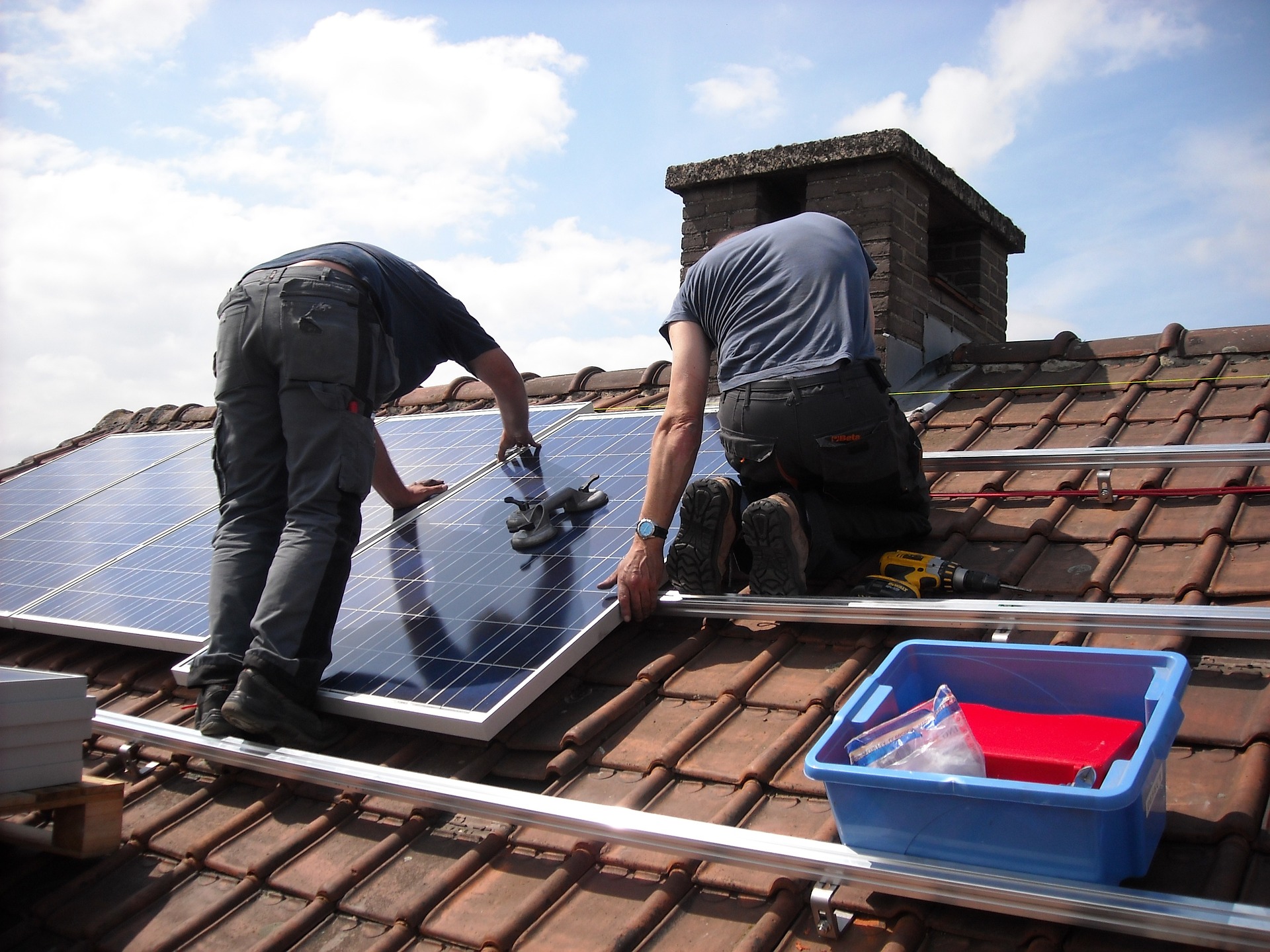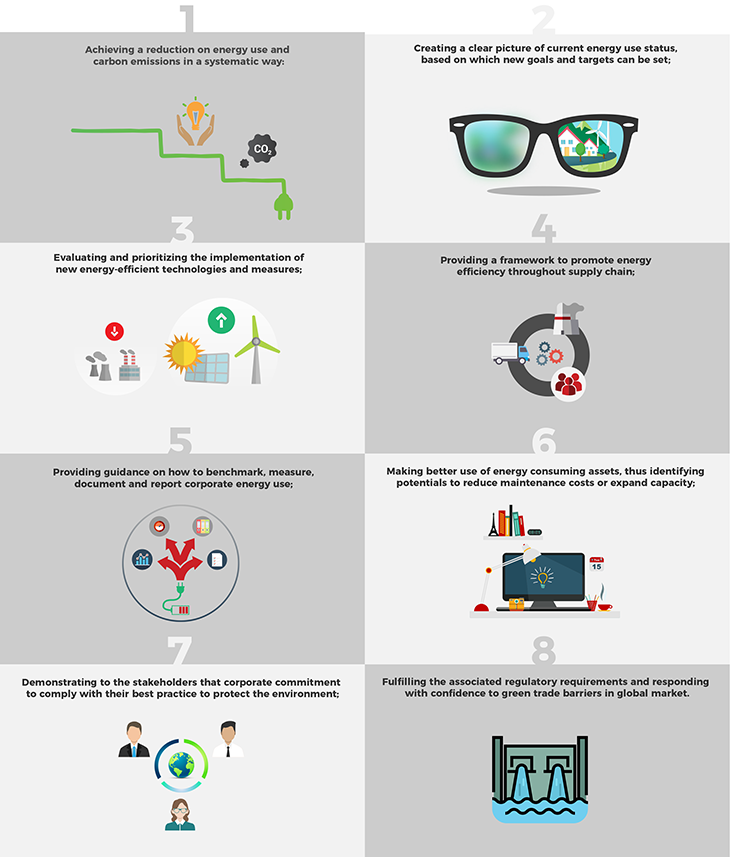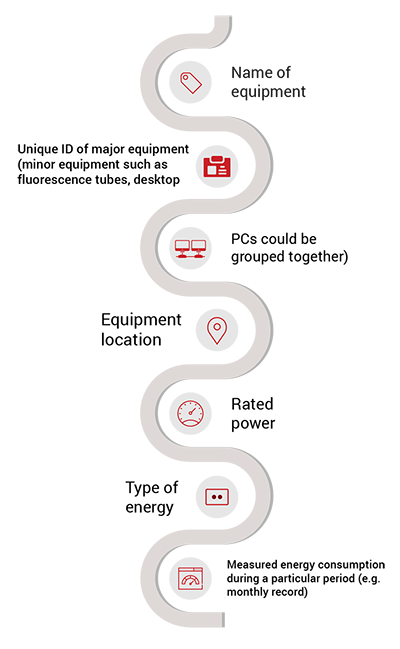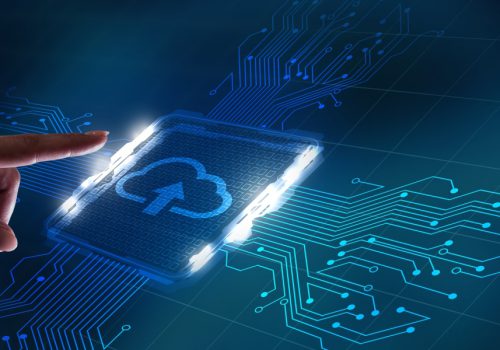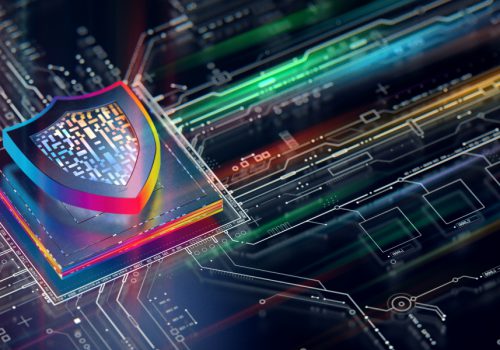Evaluating and Prioritizing the Implementation of New Energy-efficient Technologies and Measures of ISO 50001
Our Current Situation
The increasing gas emissions are having a high impact on the concentration of greenhouse gases in the atmosphere. This is causing the global temperature to increase constantly. As a result, organizations worldwide are continuously updating the technology and utilizing the facilities to be able to contribute towards decreasing the gas emissions and improving the energy efficiency.
Thus, today, it is a principle to establish and implement a standardized process-based energy management structure in order to improve the sustainability of an enterprise’s energy performance. Published on June 2011, the ISO 50001 – Energy Management Systems (EnMS) is being among the first choices of organizations for providing technical and management strategies to manage energy, increase energy efficiency, reduce costs and improve environmental performance.
Moreover, by following the requirements of the ISO 50001- Energy Management Systems (EnMS), an organization can establish and implement successfully the energy policy, objectives, targets and actions plans.
The need for Energy Management
The utilization of energy and availability of resources are becoming more significant to organizations that are aiming to achieve long-term development.
Yet, the utilization of energy and its sources is the main concern of organizations worldwide which indeed, leaves all developed countries to find new alternative sources of energy, changing the technology and methodology for utilizing their energy.
Climate is Changing
The concentration of greenhouse gases (GHGs) emitted by human activities is increasing quite rapidly, by leading to an increase in global warming. The climate change is causing extreme weather patterns and is also raising the sea level. On the other hand, as the primary source for generating electricity, fossil fuels continue to be the major contributor to carbon emissions, despite the development of renewable sources of energy.
Since the announcement of Kyoto Protocol, the European Union has been aware of the urgent need to reduce the concentration of greenhouse gases in order to lessen the possibility of exceeding the average global temperature limit of 2°C. Therefore, many countries have released energy saving measures such as the EU targeting to cut down energy demand by 20% by 2020; and Japan aiming to cut down its electricity consumption by 10% by 2030.
Entity Responsibility
The increase in profits is not the only aim of the organizations in today`s business world. Their energy performance is rapidly becoming a significant part of corporate responsibility. The awareness of people regarding the environmental issues had an influence among the organizations in terms of increasing the demand for a reconsideration of the energy policy. Thus, the entities shall practice their due diligence regarding the sustainable development of the environment and community, including climate change and resource depletion.
Adopting Energy Management System Goals
ISO 50001 is serving as a systematic methodology to any size or type of organization that is willing to establish their own management systems and gain the following benefits: –
Energy Performance Review
To determine the energy performance of the organization, the energy management system shall maintain documented information of the energy review. The performance review process is based on data and/or actual measurements which assist in identifying the opportunities for improvement. Based on this, the organization develops the energy baseline and selects the energy performance indicators (EnPIs). In addition, the energy performance review helps to establish the monitoring tools needed to support the continuous improvement of the EnMS.”
To conduct an energy performance review, the organization shall create a list which states all the equipment used. Besides this, the following details must be provided for each of the equipment:
When conducting an energy review, the following criteria must be considered:
1. Identification of equipment that uses the most energy;
2. Installation of a sub-meter to monitor and record the energy consumption (such as electricity, diesel, gas, and steam) of each major equipment;
3. Estimation of the energy consumption by power rating and operating hours, when measurement of the actual consumption is not available;
4. Update of the energy policy in cases when new equipment needs to be added and obsolete equipment need to be expelled;
5. Replacement of estimation with actual data from measurement to enhance the accuracy of the energy profile.”
PECB
The importance of energy efficiency in our communities is constantly increasing. Parallel to it, the necessity for energy usage in both household and business environments is rising; as is the overall global population. However, increasing efficiency and managing the energy usage properly is not always as easy as it sounds. However, PECB is providing various courses on ISO 50001 to facilitate a proper implementation of energy management systems and support the efficient use of energy in the business environment.



